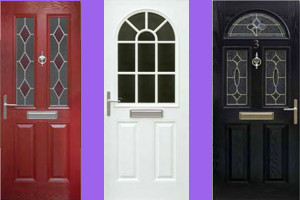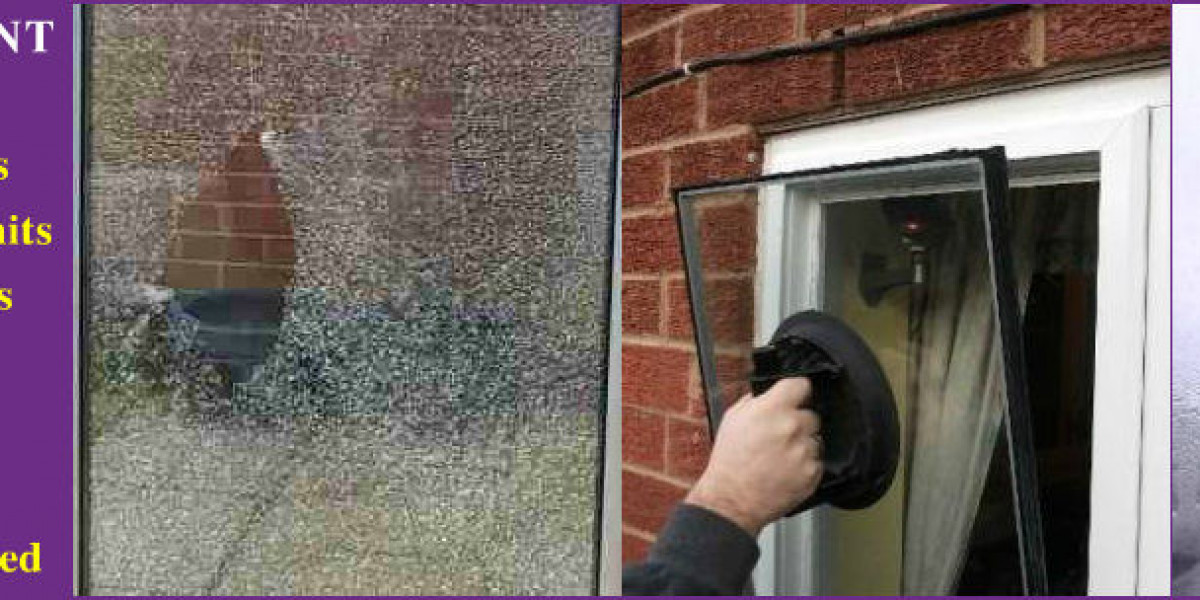Double glazed windows are a modern marvel in home insulation, offering significant benefits in terms of energy efficiency, noise reduction, and overall comfort. However, like any other home feature, they can develop issues over time that require repair. Understanding how to identify and address these problems can save homeowners time, money, and the hassle of a complete window replacement. This guide provides a detailed overview of the common issues with double glazed windows and the steps to repair them effectively.

Understanding Double Glazed Windows
Double glazed windows consist of two panes of glass separated by a layer of air or gas. This design creates an insulating barrier that significantly improves the thermal performance of the window, reducing heat loss in winter and heat gain in summer. The space between the panes is often filled with inert gases like argon or krypton, which further enhance the insulation properties.
Common Issues with Double Glazed Windows
Condensation Between Panes
- Symptoms: Fog or moisture between the glass panes.
- Causes: The seal between the panes has failed, allowing moisture to enter.
- Impact: Reduced insulation effectiveness and potential damage to the window frame.
Drafts and Air Leaks
- Symptoms: Cold drafts or air escaping through the window.
- Causes: Faulty seals around the window frame or improperly installed windows.
- Impact: Increased energy bills and discomfort.
Broken Glass
- Symptoms: Cracks or chips in one of the panes.
- Causes: Impact from objects, vandalism, or natural wear and tear.
- Impact: Safety hazards and compromised insulation.
Sticking or Malfunctioning Windows
- Symptoms: Difficulty in opening or closing the window.
- Causes: Debris in the tracks, worn-out hinges, or misaligned frames.
- Impact: Inconvenience and potential security risks.
Deterioration of Window Frames
- Symptoms: Warping, rotting, or cracking in the window frame.
- Causes: Exposure to moisture, UV light, or poor installation.
- Impact: Structural integrity and insulation effectiveness of the window.
Steps to Repair Double Glazed Windows
Identify the Issue
- Condensation: Look for fog or moisture between the panes.
- Drafts: Use a lit candle or incense to detect air leaks around the window.
- Broken Glass: Visually inspect the panes for any damage.
- Sticking Windows: Test the window's operation and listen for unusual sounds.
- Frame Deterioration: Check for signs of rot, warping, or cracking.
Gather Tools and Materials
- For Condensation: Silicone sealant, replacement glass units, and a vacuum pump.
- For Drafts: Weatherstripping, caulk, and a caulking gun.
- For Broken Glass: Safety gloves, a glass cutter, and replacement glass.
- For Sticking Windows: Lubricant, a screwdriver, and a putty knife.
- For Frame Deterioration: Wood filler, sandpaper, and a paintbrush.
Repairing Condensation
- Step 1: Remove the affected glass unit.
- Step 2: Use a vacuum pump to remove the moisture.
- Step 3: Apply a new layer of silicone sealant around the edges.
- Step 4: Reinstall the glass unit and ensure it is properly sealed.
Sealing Drafts
- Step 1: Clean the area around the window frame.
- Step 2: Apply weatherstripping to the edges of the frame.
- Step 3: Use caulk to seal any gaps between the frame and the wall.
- Step 4: Test the window for drafts and make adjustments as needed.
Replacing Broken Glass
- Step 1: Wear safety gloves to protect your hands.
- Step 2: Carefully remove the broken glass using a glass cutter and putty knife.
- Step 3: Clean the frame and remove any remaining putty.
- Step 4: Install the new glass and secure it with fresh putty.
- Step 5: Allow the putty to dry and then paint it to match the frame.
Fixing Sticking Windows
- Step 1: Remove any debris from the window tracks using a putty knife.
- Step 2: Lubricate the hinges and tracks with a suitable lubricant.
- Step 3: Adjust the window frame if necessary to ensure proper alignment.
- Step 4: Test the window to ensure it opens and closes smoothly.
Repairing Deteriorated Frames
- Step 1: Sand down any rotten or damaged areas of the frame.
- Step 2: Apply wood filler to the damaged areas and allow it to dry.
- Step 3: Sand the filled areas to a smooth finish.
- Step 4: Paint the frame to protect it from further damage.
Professional Considerations
While many repairs can be handled by homeowners, some issues may require professional assistance. Here are a few scenarios where it's best to call an expert:
- Severe Condensation Issues: If the condensation problem is extensive and the DIY approach is not effective, a professional can replace the entire glass unit.
- Complex Frame Repair: If the window frame is severely damaged or requires structural reinforcement, a professional should handle the repair.
- Safety Concerns: If the window is difficult to reach or the repair involves heavy lifting, it's safer to hire a professional.
FAQs
How do I know if my double glazed window seal has failed?
- If you notice fog or moisture between the panes, it's likely that the seal has failed. You can also check for drafts or increased energy bills.
Can I repair a double glazed window myself?
- Yes, you can handle minor repairs such as sealing drafts or replacing broken glass. However, more complex issues like condensation or frame repair may require professional assistance.
What tools do I need to repair a double glazed window?
- The tools you need depend on the issue. Common tools include silicone sealant, weatherstripping, caulk, a caulking gun, a glass cutter, and a putty knife.
How often should I check my double glazed windows for maintenance?
- It's a good idea to inspect your double glazed windows at least once a year, ideally before the winter season, to catch any issues early.
What are the costs associated with double glazed window repair?

- Costs can vary widely depending on the issue and the extent of the repair. Minor repairs like sealing drafts might cost under £50, while replacing a glass unit can cost several hundred dollars.
Double glazed windows are a valuable asset to any home, but they require regular maintenance and occasional repairs to function optimally. By understanding the common issues and following the steps outlined in this guide, homeowners can maintain their windows' performance and extend their lifespan. Whether you choose to tackle the repairs yourself or seek professional help, addressing these issues promptly is crucial for the comfort and energy efficiency of your home.
Additional Tips
- Regular Cleaning: Keep your windows clean to prevent dirt and debris from affecting their operation.
- Insulation Checks: Periodically check the insulation around the windows to ensure there are no gaps.
- Professional Inspections: Consider scheduling professional inspections every few years to catch any hidden issues.
By following these guidelines, homeowners can enjoy the many benefits of double glazed windows with minimal disruption and expense.







